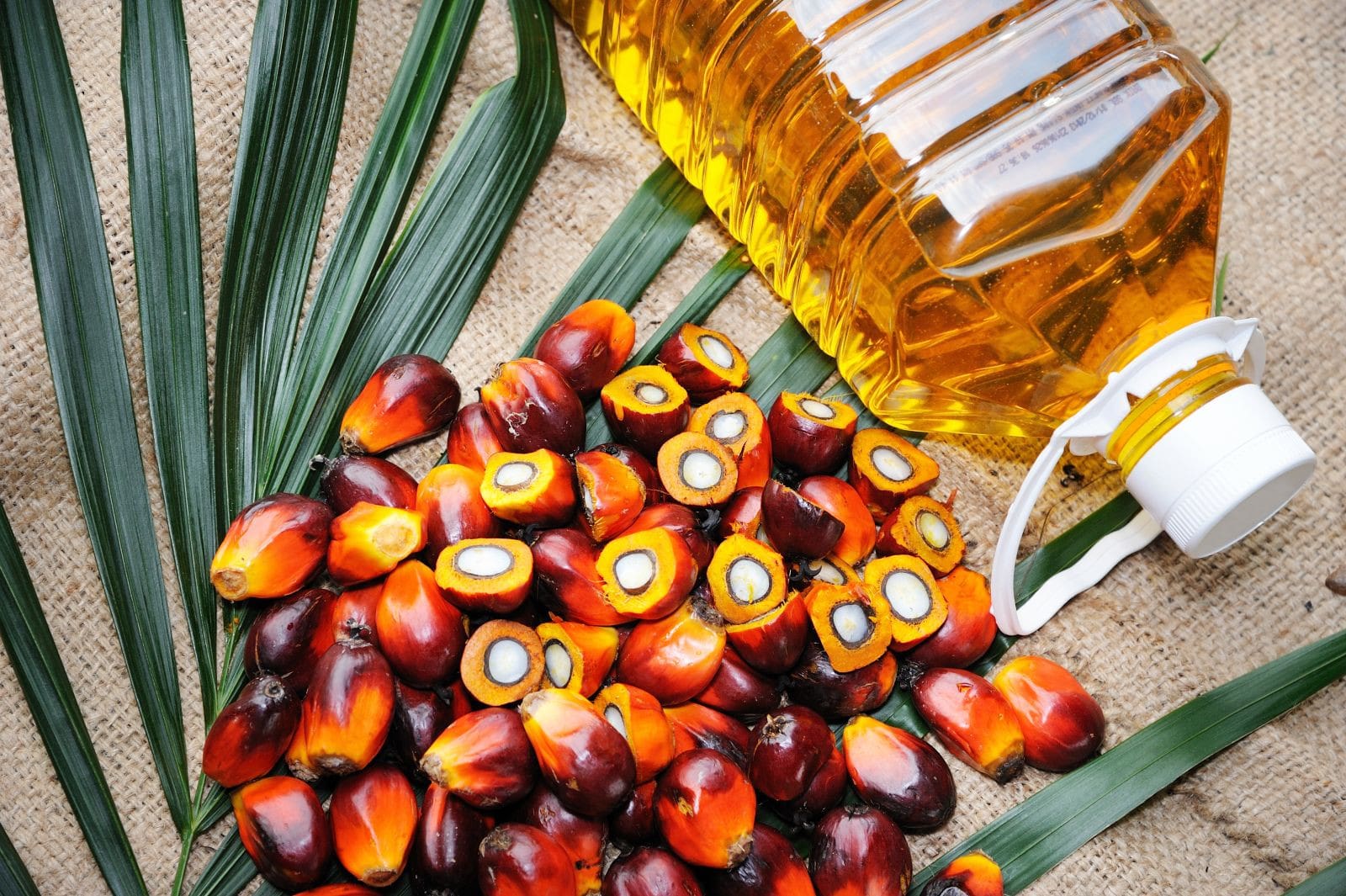
BLOG
KATEGORİDEKİ DİĞER YAZILAR

Food safety is an important issue that directly affects the health of consumers. 3-MCPD (3-monochloropropane-1,2-diol) in foods is a potentially harmful compound, particularly encountered in processed foods and refined vegetable oils. Accurate detection and analysis of 3-MCPD plays a critical role for the food industry and consumers. In this article, we will examine what 3-MCPD is, the health risks of this compound, the analytical methods used for its determination and safety standards.
3-MCPD is a chemical compound that can occur in chlorine-treated oils and other processed foods. It is formed when natural fatty acids react with chlorine during the high-temperature refining process. 3-MCPD is classified as “probably carcinogenic to humans” by the International Agency for Research on Cancer (IARC). Therefore, it is of great importance to minimize the amount of this compound in foods.
Long-term exposure to 3-MCPD has shown adverse effects on the kidney and reproductive system in studies in laboratory animals. It may also pose a serious threat to human health due to its carcinogenic potential. Therefore, monitoring the presence and amount of 3-MCPD in foods is critical for food safety.
The main analysis methods used for the detection of 3-MCPD in foods are as follows:
Many countries around the world have introduced regulations limiting the amount of 3-MCPD in foods. The European Union has set maximum limits for 3-MCPD in refined vegetable oils and oil-containing products. This limit is set at 2.5 micrograms per kilogram for the total concentration of 3-MCPD.
The World Health Organization (WHO) and the Food and Agriculture Organization (FAO) have also set a safe upper limit for the daily intake of 3-MCPD. This limit is recommended at 0.8 micrograms per body weight per day.
Contact us for more information.
You can follow us on LinkedIn for up-to-date news and posts about our services.
Follow our Instagram account to stay up to date with our latest blog posts.